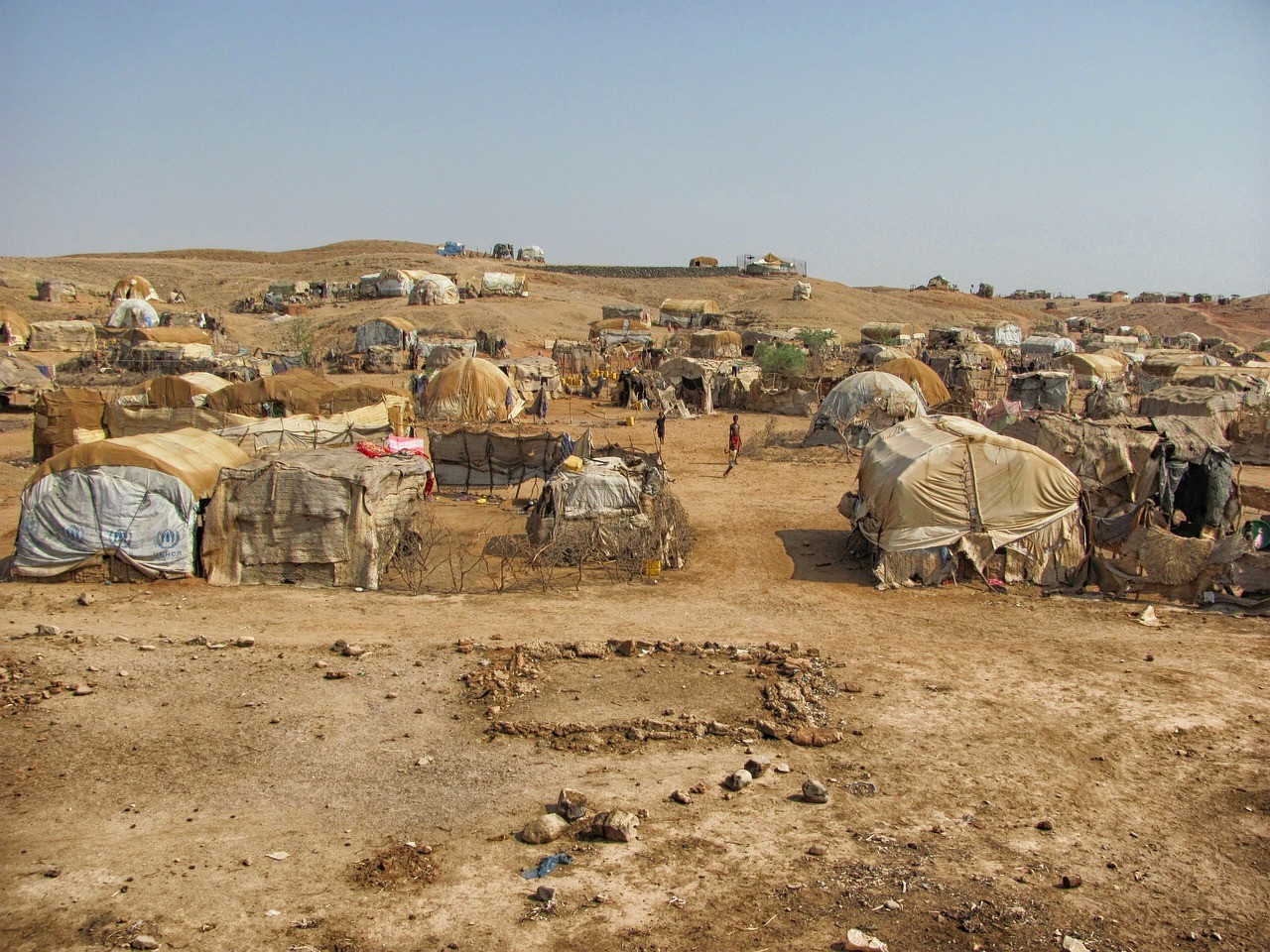
Internally Displaced Women and Girls
Gender and other intersectional factors including age, ethnicity, disability, socio-economic status and other characteristics shape the experiences and risks individuals and families face during displacement (International Displacement Monitoring Centre (IDMC), 2023). Experiences, conditions necessary to maintain life, response and the ability to achieve long lasting solutions vary for women, men, girls, boys including people with diverse sexual orientation, gender identity/expression and sext characteristics.
According to the IDMC (2024), by the end of 2023 an estimated 75.9 million people were displaced. In Sub-Saharan Africa, the number of internally displaced people (IDPs) reached a record of 19.5 million in 2023 (ibid). This increase is mainly attributed to conflict and violence mainly in Sudan and the Democratic Republic of Congo (ibid). Data on internal displacement indicate that women and girls constitute a majority of the internally displaced people. According to Joireman, Sachdeva and Stanley (2024), in 2022 women and children consisted of 80% of the new internally displaced people. This is also confirmed by Cazabat et al. (2020), who highlighted that in 2018 women consisted of over half of the internally displaced people. Although there is data showing that women consist of large numbers of IDPs, there is limited gender disaggregated information and responses. Gender disaggregated data and responses are essential in highlighting the different experiences of women and girls who have been displaced. According to Cazabat et al. (2020), displaced women and girls tend to be at greater risk of deprivation, insecurity, abuse, neglect and a general deterioration of their wellbeing. Evidence also shows that internally displaced women are at a risk of economic challenges, physical abuse and threats of gender based violence.
Although women in internally displaced situations are faced with many challenges, some have emerged as pivotal figures as peacemakers and change agents (IDMC, 2023). For example, in the case of Cameroon, there have been a rise in the women led civil society organisations (CSOs) advocating for internally displaced women. The CSOs concentrate on protects that span from health, water, sanitation, economic empowerment, psychosocial support, financial education, and empowering women to establish income-generating activities in their host area while fostering self-reliance and sustainable livelihoods. Beneficiaries of the projects have been able to send their children to school and boost their host community economies and local integration (ibid).
From the above discussion, it can be highlighted that internal displacement remains a challenge. Gender aspects need to be taken into consideration as women and girls consist of the majority of the IDPs and some of their experiences differ from boys and men. However, there is limited gender specific initiatives to support them as they face intersectional challenges as a result of their gender and other factors that interplay. To better support women and girls in internally displaced situations, there is a need to take into account issues of gender and how they create disproportionate outcomes.
For more information please read, the IDMC 2023 report on Gender dynamics in internal displacement. https://api.internal-displacement.org/sites/default/files/publications/documents/2023_IDMC_Gender_dynamics_in_internal_displacement.pdf
References
Cazabat et al. (2020) WOMEN AND GIRLS in internal displacement. https://api.internal-displacement.org/sites/default/files/publications/documents/202003-twice-invisible-internally-displaced-women.pdf
IDMC. (2023) Gender dynamics in internal displacement. https://api.internal-displacement.org/sites/default/files/publications/documents/2023_IDMC_Gender_dynamics_in_internal_displacement.pdf
IDMC. (2024) Global Report on Internal Displacement 2024. https://api.internal-displacement.org/sites/default/files/publications/documents/IDMC-GRID-2024-Global-Report-on-Internal-Displacement.pdf
Joireman, S., Sachdeva, S., and Stanley, V. (2024) Displaced Women and Girls in Cities. https://blogs.worldbank.org/en/sustainablecities/displaced-women-and-girls-cities
Blog by Rachel Chinyakata (SIHMA researcher)
Photo from Pixabay
Categories:
Tags:

